PDF chapter test TRY NOW
We learned that the foods we eat, the material we use contains acid or base in nature. But the question is, how can we find which is a base or acidic substances?
In this chapter, we will study about three major natural indicators as followed.
We can find the substance, whether it is an acid or base, through indicators with the help of colour change.
1. Litmus paper
2. Turmeric powder
3. China rose
Litmus paper:
The litmus paper is made from normal paper and treating it with natural dyes that are extracted from lichens.
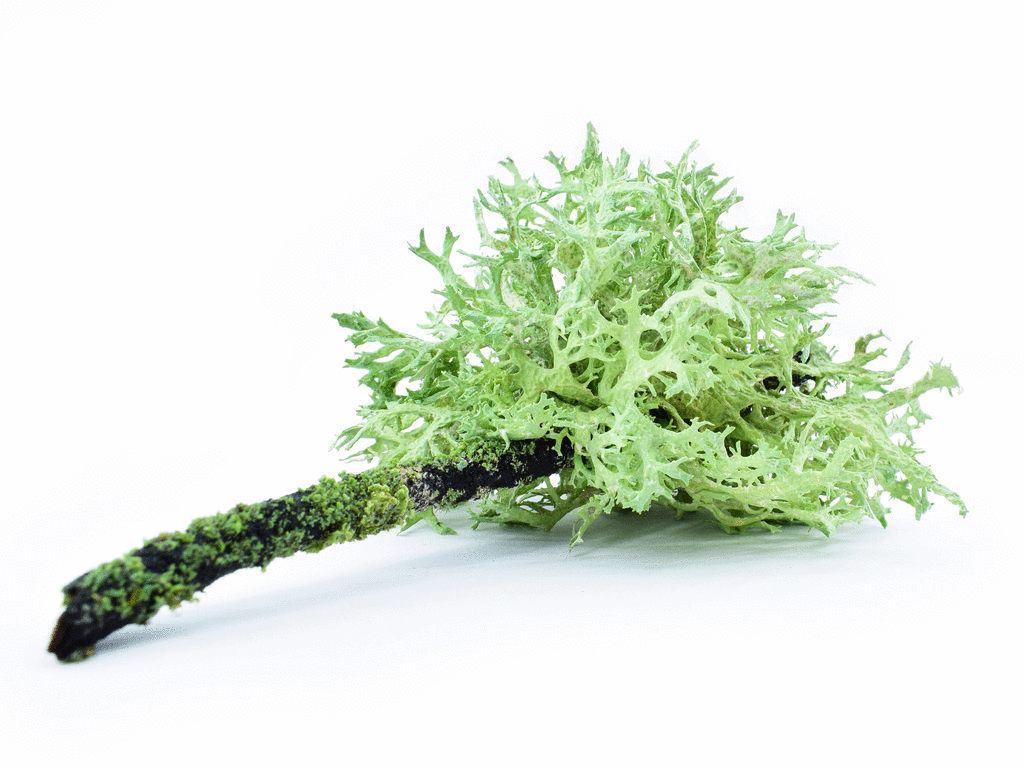
The litmus is the most common indicator, which obtained from the lichens. And we use it mostly in the form of paper that is litmus paper, which is available in blue, red and purple colours.
When blue litmus paper is exposed to an acidic solution, it changes colour to red. However, when a basic solution is added to the blue litmus paper, its colour does not change; it remains blue.
When exposed to acid, a purple or neutral litmus paper changes colour from purple to red, indicating an acid, and turns blue when exposed to alkaline (or basic) conditions.
When an acidic solution is added to the red litmus paper, its colour does not change; it remains red. When red litmus paper is exposed to a basic solution, it changes colour to blue.
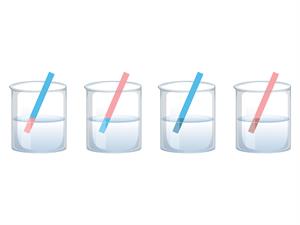
The first two beakers show the test for acid and base and the last two for the neutral solution.
| Litmus paper | Test with the acid substance | Test with the base substance |
| Blue litmus paper |
Blue → Red
|
Blue → Blue (No change)
|
| Purple or neutral litmus paper |
Purple → Red
|
Purple → Blue
|
| Red litmus paper |
Red → Red (No change)
|
Red → Blue
|
How to create an indicator to identify the nature of a substance?
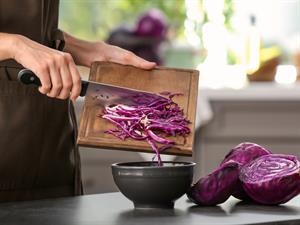
Step 1: Now, let us take red cabbage and cut it into pieces.
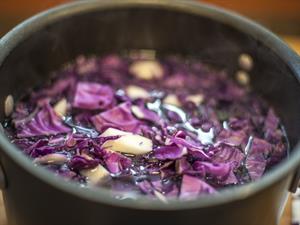
Step 2: Put these pieces into hot boiling water (minimum amount) for a while.
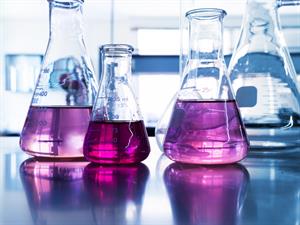
Step 3: Leave them aside for some time till the water colour changes to purple.
Step 4: After the watercolour changes, take the filter the filtrate from it and slow it to cool.
Step 5: Now, take the filter paper and dip it in the filtrate.
Step 6: After it has been soaked in it, take it out and let it dry completely.
Step 7: Now, if need, we can cut the filter paper into pieces like that of pH paper strips.
Note: Anthocyanin, a water-soluble pigment found in red cabbage, changes colour when it reacts with an acid or a base.
Lets now check lemon extract and soap solution with these prepared pH paper strips.
Lets now check lemon extract and soap solution with these prepared pH paper strips.
Result:
1. In acidic environments (lemon extract) with a pH of less than 7, the pigment turns red.
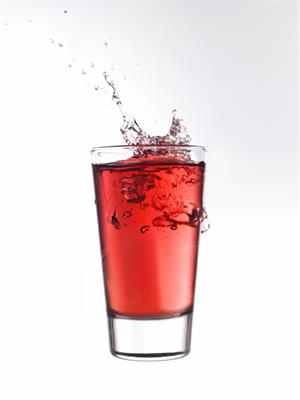
2. In basic environments (soap solution) with a pH greater than 7, the pigment turns bluish-green.
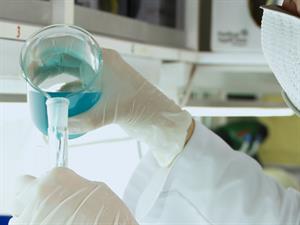
We can just identify only the nature of the substance and not the exact pH range of the substances, whether it is more acidic or basic.
Visual learning of the use of the natural indicators:
